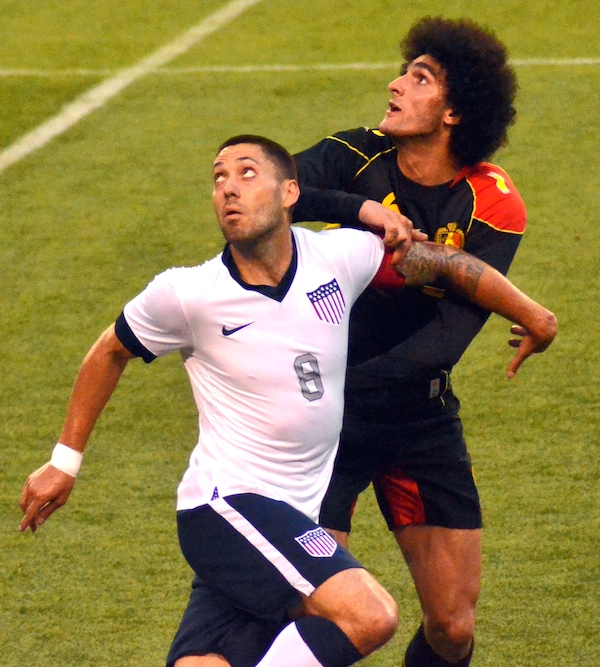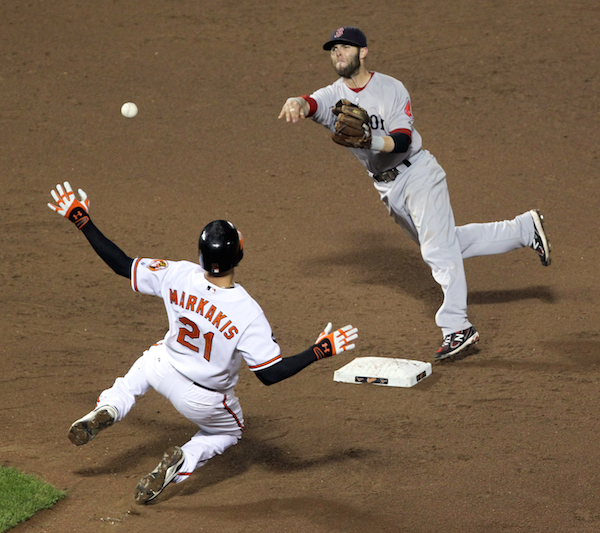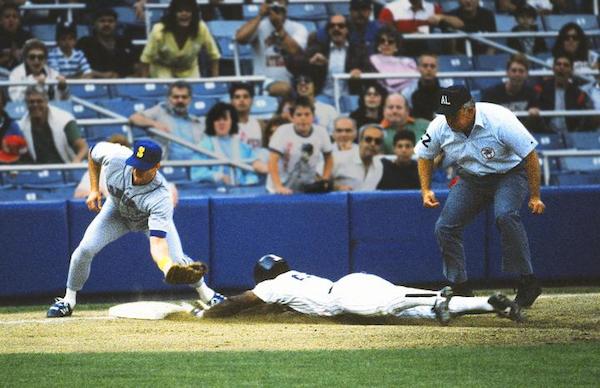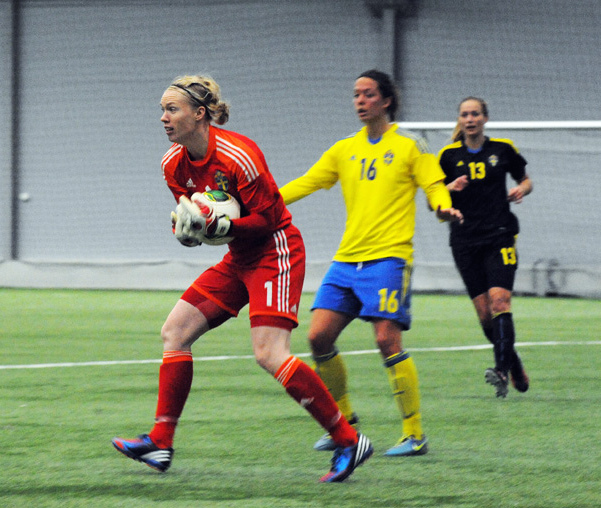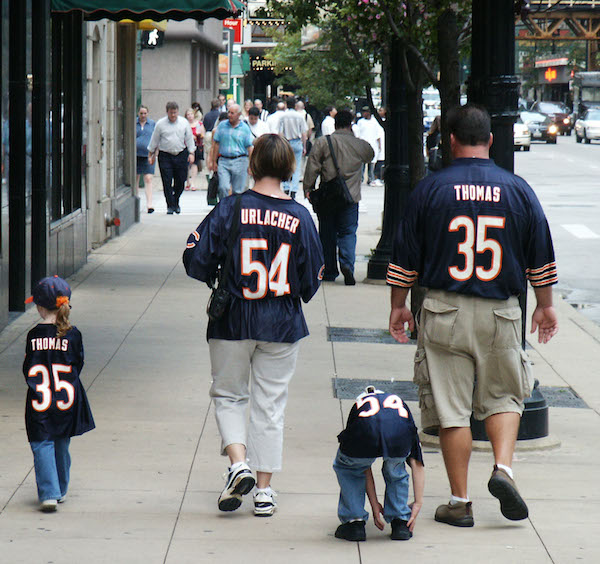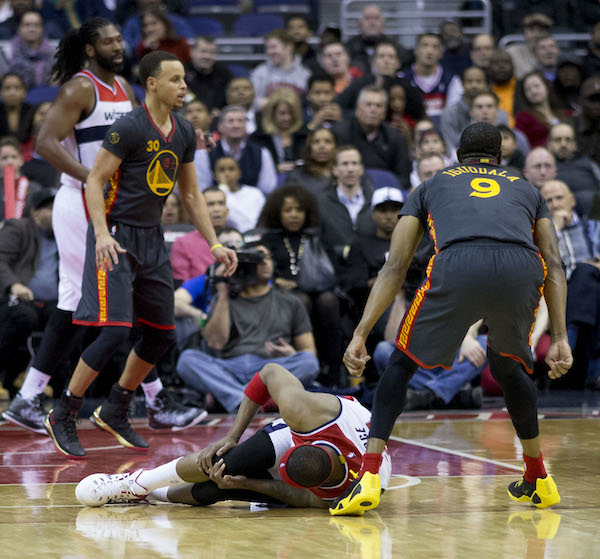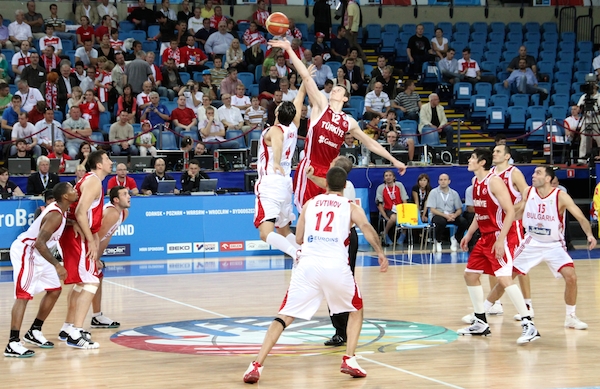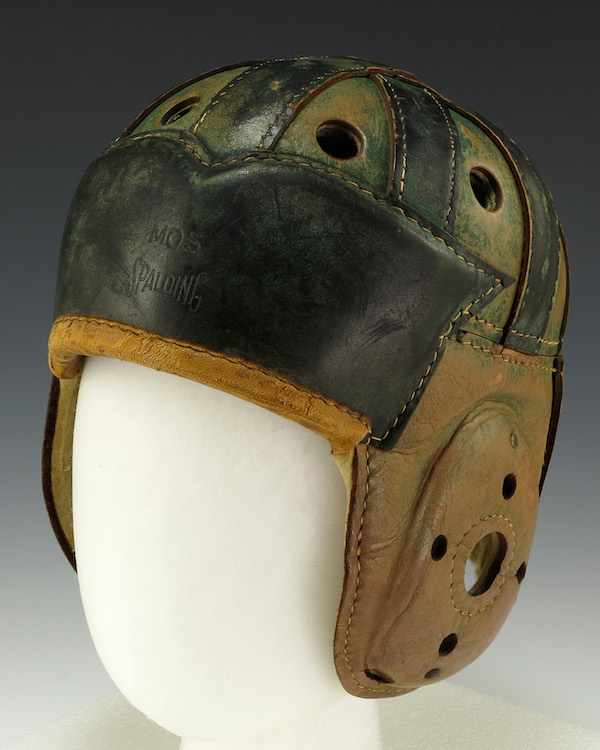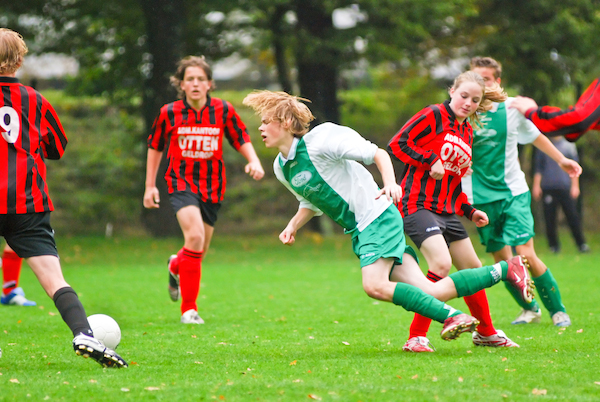Dear Sports Fan,
I recently posted this question on Fancred, “Raise your hand if you understand the supplemental draft at all.” Barely anyone raised their hand, and we’re all sports fans on Fancred! Can you help? How does the NFL Supplemental Draft work?
Thanks,
Jake N.
Dear Jake N.,
Hey Jake — I think I can help. Every spring, the NFL holds an entry draft for any player who has played at least two years of football since high school and would like to play in the NFL. This is a giant event with over 200 players selected and many more who declared themselves eligible for selection but who were not picked. When a team picks a player in the draft, it means that they have the exclusive right to negotiate and sign a contract with that player. No other team can try to sign them. Players who don’t get picked become free agents and are able to negotiate with any team that wants them, and indeed, many of them get signed, albeit to shorter, less lucrative contracts. Every year though, there are a few players who slip through the cracks. Either they intended to be in the draft but messed up their paperwork or, at the time they needed to make the decision, they wanted to stay in college for another year, but since then, something has changed in their life. This change could be a life event – a death in the family, an expected child, or it could be something more salacious, like having become academically ineligible for another year at college or getting in trouble with the law. The Supplemental Draft, held in July, is a chance for players who missed the draft but have a qualifying reason (the NFL decides) to enter the NFL this year, to be chosen by teams.
The Supplemental draft is a reasonably simple procedure but it’s badly named. It works much more like a blind auction than a draft. The first thing that happens is that an order of teams is established. All the NFL teams are divided into three groups: teams that won six or fewer games last year, teams that won more than six games but didn’t make the playoffs, and teams that made the playoffs. Within each group, a random drawing is done to establish an order. Once the order is set, teams can make bids on eligible players. This year there are seven eligible players. Teams bid on players by declaring a number from one to seven. These numbers are meant to be the equivalent of the round in the normal draft the team would have selected the player if they had been the normal draft. Of course, as with most elements of sport, there’s no obligation to be truthful. Teams bid whatever they think will work, not what they actually would have done. Once all the bids are in on a player, the team which claimed they would have drafted the player in the earliest round (1st is better than 2nd is better than 3rd and so on) gets the right to negotiate with that player. If there are two or more teams with the same bid, the team that is earlier in the order gets the player.
The reason why the numbers correspond to draft rounds, instead of being totally arbitrary, is that there is a cost for winning a supplemental draft bid. When a team drafts a player through the supplemental draft, they lose the equivalent round draft pick in next year’s normal NFL entry draft. This is a fairly big cost, considering that the pool of players to choose from is so much bigger in, say the fourth round of next year’s draft compared to the handful of players in the supplemental draft. As such, teams virtually never bid very high for players in the supplemental draft and in many years, the draft comes and goes without a single player being picked. The only exception to this rule is firmly an element of the NFL’s history, not its present. In the mid-1980s, a couple players used the supplemental draft as a means of controlling which team they ended up with. This loophole, most famously used by Bernie Kosar to get to the Cleveland Browns and by Brian Bosworth to avoid the Indianapolis Colts and Buffalo Bills, was firmly closed in 1990.
Thanks for reading,
Ezra Fischer


